Ascites is the abnormal accumulation of fluid in the peritoneal cavity—the space between abdominal organs and the abdominal wall. It’s not a disease by itself, but a symptom of serious underlying conditions, most commonly liver disease.
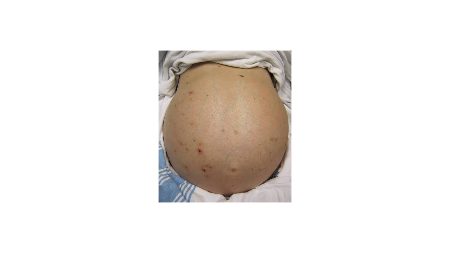

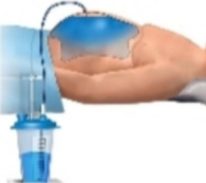
🔍 Root Causes of Ascites
The most common causes include:
🩺 Liver Cirrhosis (Most Common)
– Chronic liver damage leads to scarring (cirrhosis), which disrupts blood flow through the liver.
– This increases pressure in the portal vein (portal hypertension), pushing fluid into the abdomen.
🍺 Alcohol Abuse
– Long-term alcohol consumption is a major contributor to liver damage and fatty liver disease.
🦠 Hepatitis B and C
– Chronic viral infections damage liver cells over time.
🍔 Non-Alcoholic Fatty Liver Disease (NAFLD)
– Common in obese individuals, especially those with sedentary lifestyles and poor diets.
❤️ Heart Failure
– When the heart can’t pump efficiently, fluid backs up into the abdomen.
🧬 Cancer
– Ovarian, pancreatic, and liver cancers can cause malignant ascites.
🧫 Tuberculosis
– Peritoneal TB is still prevalent in India and can mimic or cause ascites.
🧠 How Ascites Affects the Body Over Time
As ascites becomes chronic, it starts a domino effect across major organs:
Organ/System ; Impact of Chronic Ascites
Liver ; Progresses from fatty liver → fibrosis → cirrhosis → liver failure
Kidneys ; Reduced blood flow leads to hepatorenal syndrome (kidney failure)
Brain ; Toxins build up → hepatic encephalopathy (confusion, coma)
Lungs ; Fluid pressure restricts breathing → pleural effusion
Musculoskeletal ; Pressure and inflammation affect hip and knee joints, limiting mobility
Digestive System ; Nausea, indigestion, malnutrition due to poor absorption
Immune System ; Risk of spontaneous bacterial peritonitis (SBP)—a life-threatening infection
Why it’s So Common in Indian Adults
– Diet: High in carbs, low in protein; contributes to fatty liver.
– Sedentary lifestyle: Especially in urban and semi-urban populations.
– Alcohol and tobacco: Widely consumed, often unchecked.
– Late diagnosis: Many ignore early signs like bloating or fatigue. – Cultural neglect of preventive care: Pot belly is often seen as harmless or even healthy
Women, Obesity, and Cesarean Link
You mentioned young women becoming obese after two cesarean deliveries. While science doesn’t blame cesareans directly for ascites, here’s what’s relevant:
– Hormonal shifts post-pregnancy can increase fat storage.
– Reduced mobility and abdominal trauma may affect metabolism.
– Visceral fat (around organs) increases risk of fatty liver and insulin resistance.
Lifestyle Changes That Matter
To prevent or manage ascites and its root causes:
– 🥗 Low-salt, high-protein diet
– 🚶 Daily movement—even walking helps
– 🚫 Avoid alcohol and smoking
– 🧪 Regular liver function tests
– 💧 Monitor fluid retention and weight
– 🧘 Stress management—cortisol affects fat storage and liver health
🧩 Final Thought
it’s a loud alarm bell from the body,
it’s a multi-organ warning system. In India, it’s often ignored until it’s too late. But with awareness, lifestyle reform, and early intervention, it can be managed or even prevented.
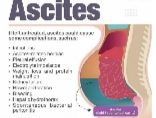
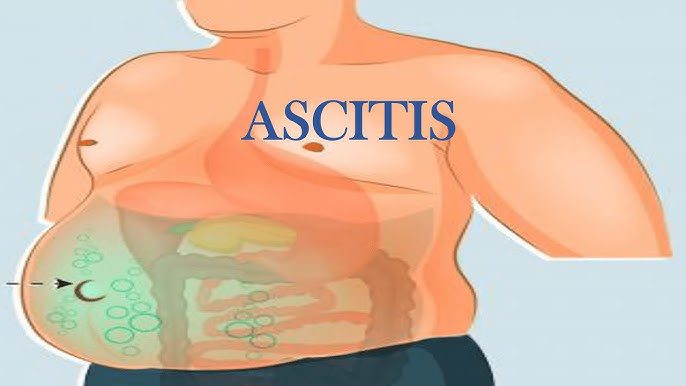
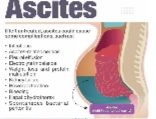

🙌🏻🙌🏻🙌🏻
Well described
👍